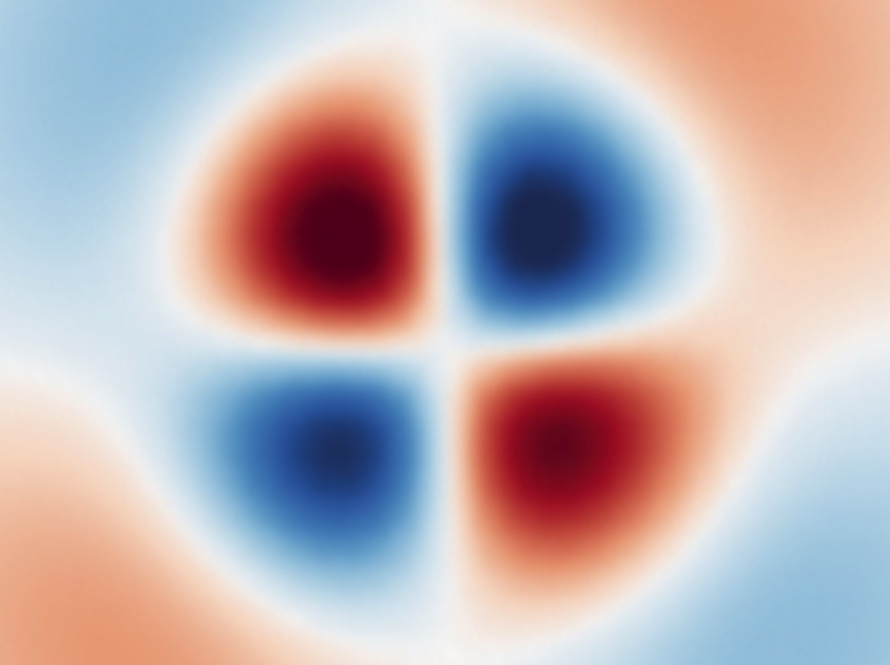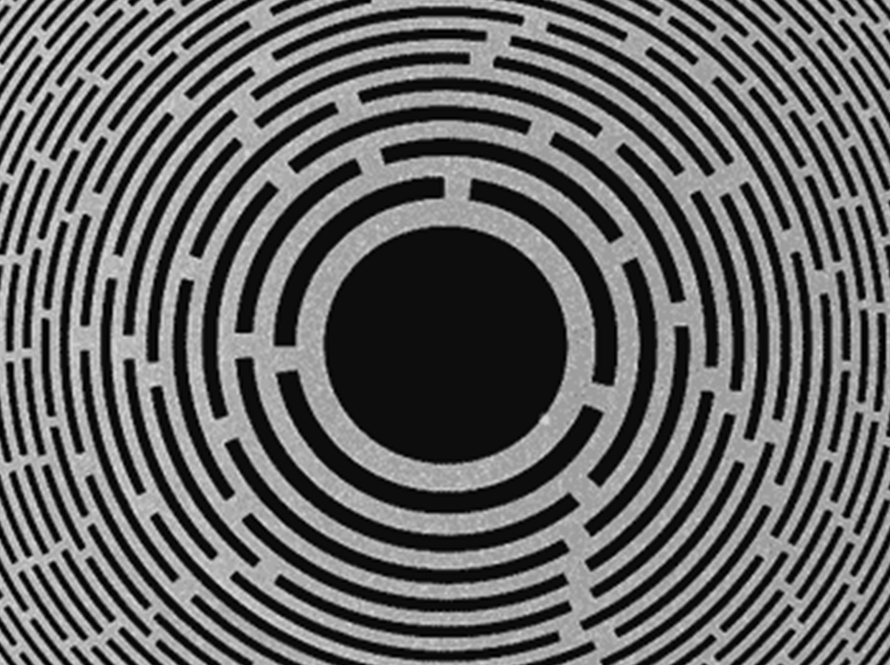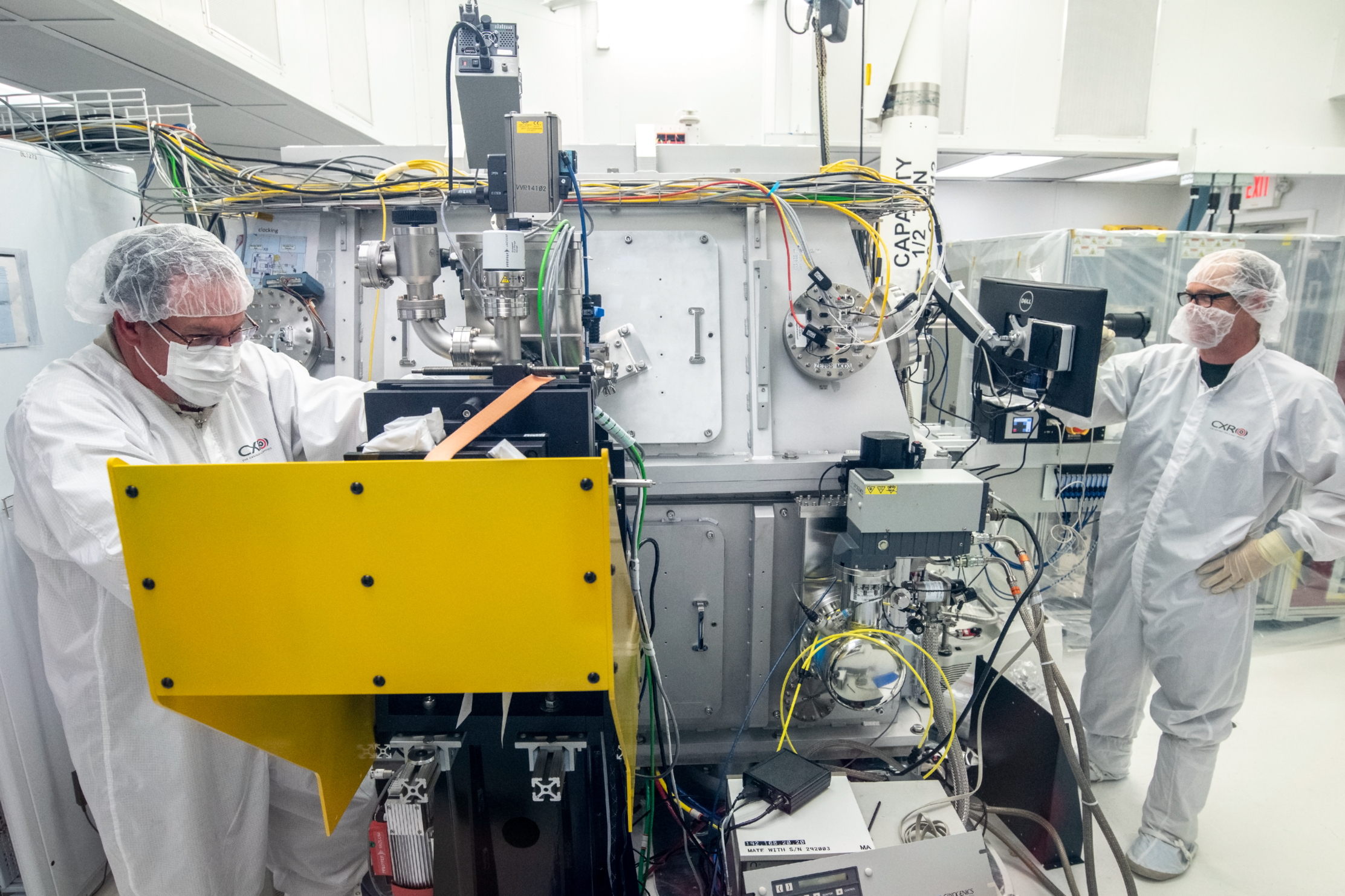
The discovery and development of new functional architectures for harvesting, converting, and storing energy is at present significantly limited by our understanding of how integrated complex material components assemble and transduce energy. While public domain software is widely available and used to search for materials with desirable ground-state properties, similar tools for excited states (e.g., electronic spectra, optical responses, fast electron dynamics, etc.) are still nascent, particularly for complex systems. The objective of the program is to develop general software, incorporating new methods and theories, to elucidate and predict excited-state phenomena in energy-related materials.

The Center for X-Ray Optics works to advance the science and technology of short-wave optical systems with applications using extreme ultraviolet light (EUV), soft x-ray radiation and nanostructure fabrication. CXRO pursues a broad range of projects and develops new instrumentation to address national needs and technical challenges that impact materials, life, environmental sciences, and x-ray optics.

The mission of the Center for High Precision Patterning Science (CHiPPS) is to create fundamental understanding and control of patterning materials and processes for energy-efficient, large-area patterning with atomic precision, thereby enabling at-scale advanced manufacturing of future-generation microelectronics such as quantum computing and spin-based memory and logic devices. CHiPPS is a DOE Energy Frontier Research Center and includes scientists from Argonne National Laboratory, Cornell University, UC Santa Barbara, Stanford University, and San Jose State University.

Superconducting integrated circuits are a leading platform for building quantum processors and sensors that outperform their classical counterparts. Further advances in these emerging technologies require improvements in our understanding and control of how superconducting circuits interact with vibrations in solids called phonons. The PhononNext Center at Berkeley Lab brings together experts in modeling, synthesis, nanofabrication, and superconducting devices to realize next-generation phonon-engineered quantum sensors, transducers, and qubits.
